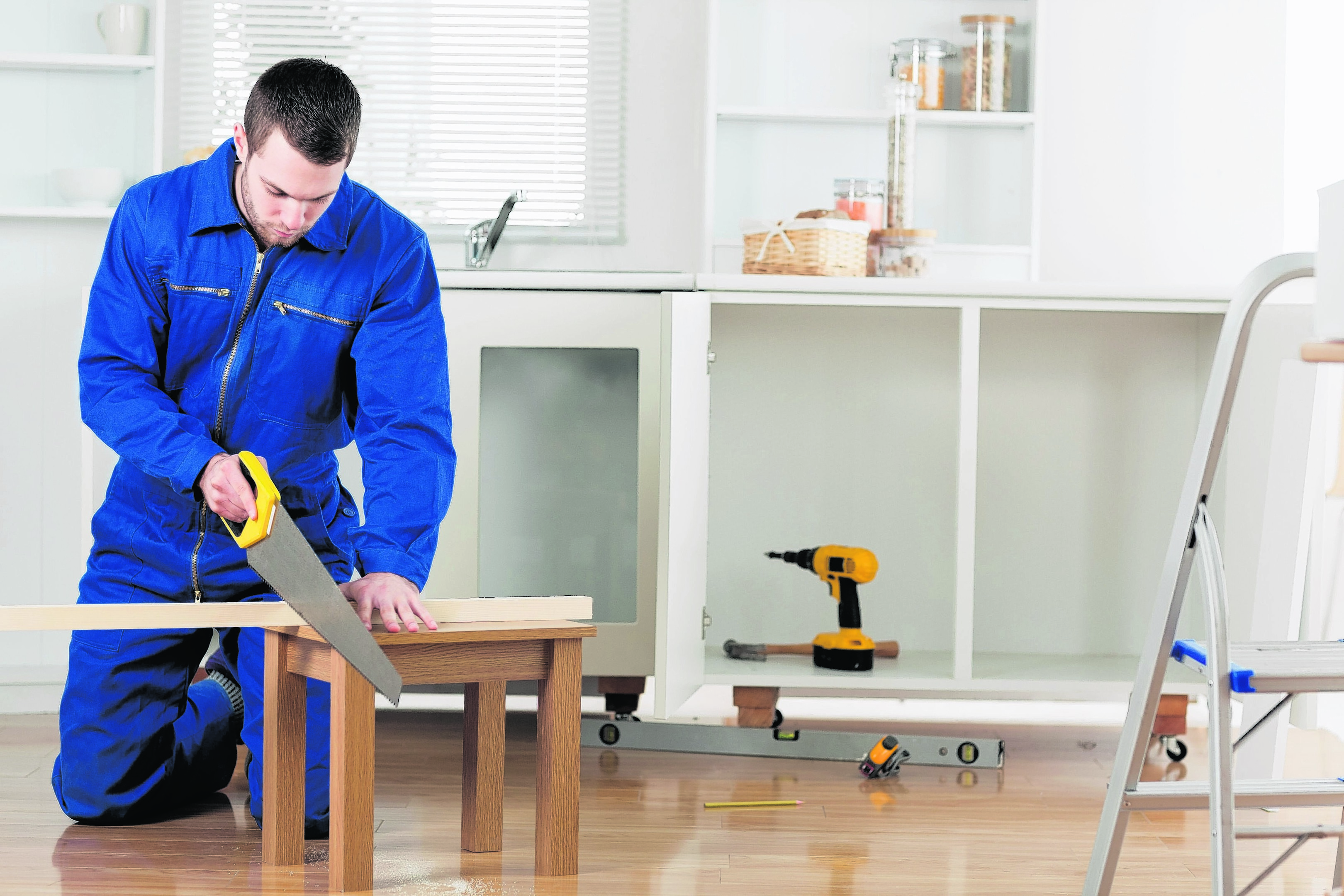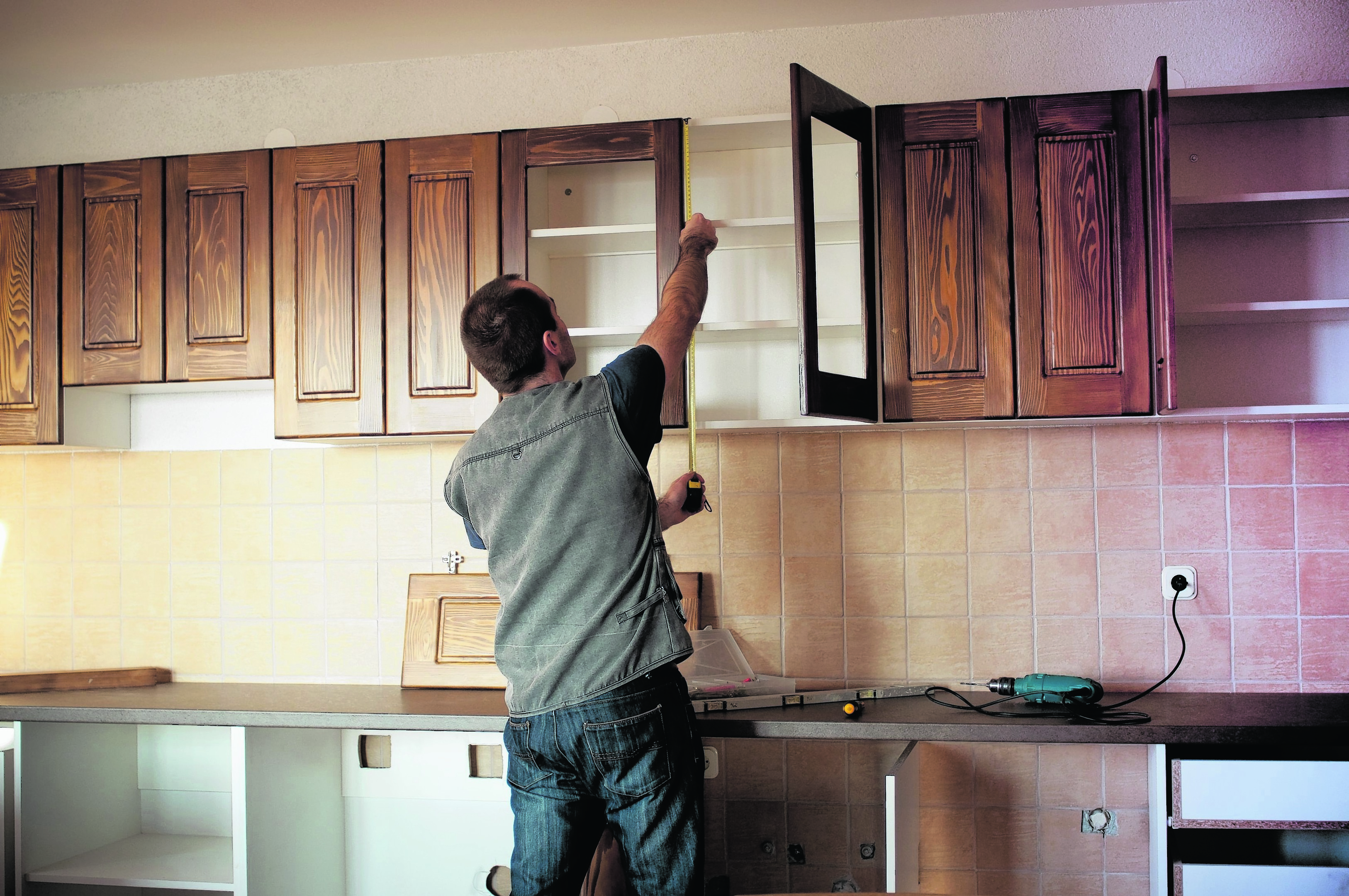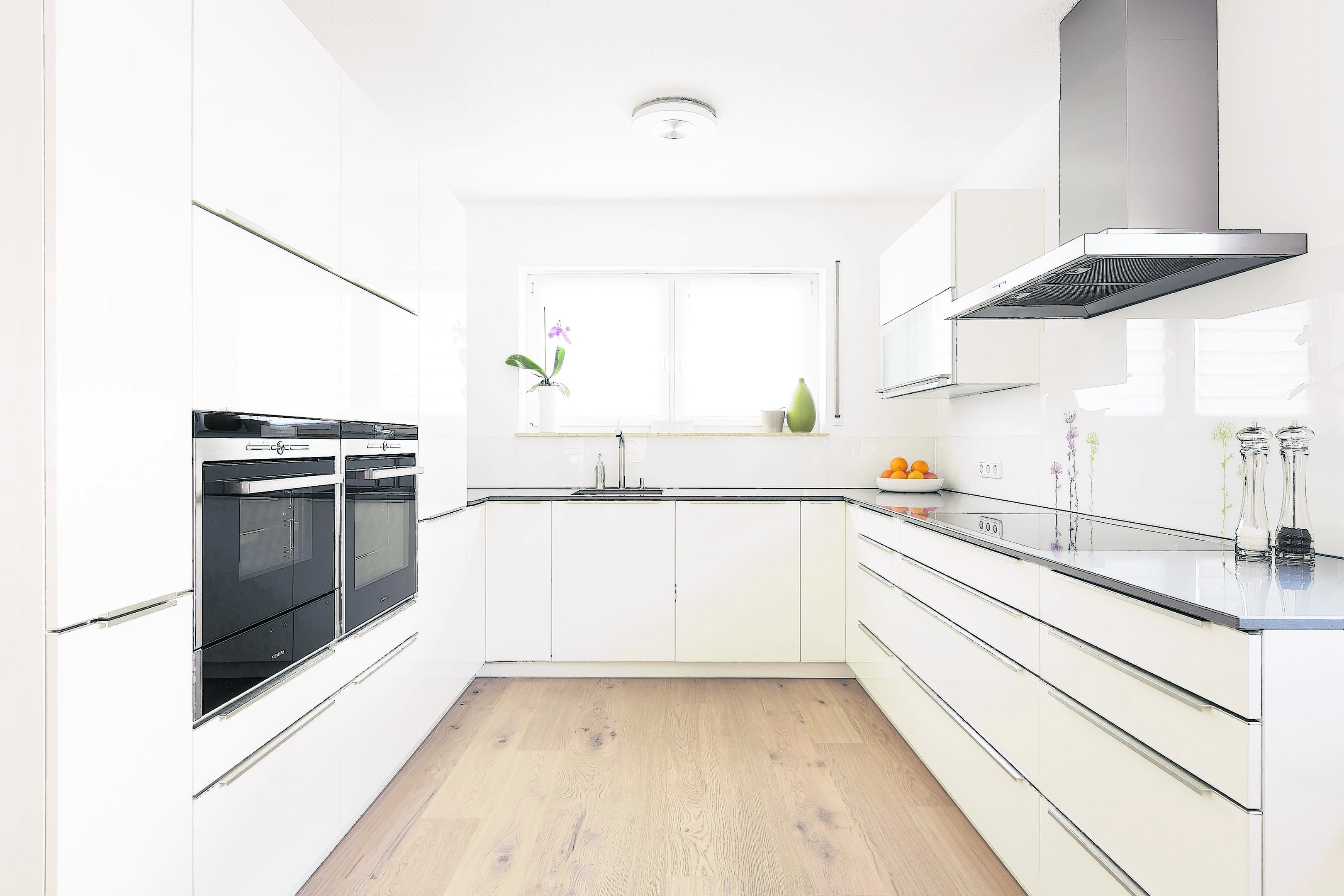Improving your home often means being without a kitchen for ages, so how can you cope in the meantime – and speed up the process of getting a new one? Julia Gray has some tips.
1. You can, of course, design your new kitchen yourself, but expert advice is hard to beat. A good kitchen designer will probably think of things you haven’t, and should know their products inside out. B&Q, for example, will design your kitchen free of charge and give you access to its Spaces 3D planning tool so you can have a go yourself. Working out what you do and don’t like about your current kitchen, and what you do and don’t want from your new one, is a good place to start.
2. If you’re having an extension built to accommodate the kitchen, deciding how to divide the space into cooking, dining and living areas should be done before designing the kitchen itself. It’s a good idea to wait until the shell of the extension is up because seeing it may change how you want to use the space.
3. Waiting for the kitchen to be delivered can take longer than you think. Some ranges are available off the shelf but some are only available online. Some kitchens take weeks, or even months, to arrive, which can seem like an eternity if you’re managing without one. And don’t forget to find a good kitchen fitter in advance and let them know when the kitchen is due to arrive to avoid unnecessary delays. Recent research from B&Q revealed that we spend more time choosing the colour of our kitchen than finding the right person to fit it.
4. Cooking meals is the biggest challenge if you have to cope without a kitchen for a long time, especially if you have a family to feed. However, there are plenty of small appliances that make life easier. Make use of microwaves and portable grills indoors or spark up your barbecue if the weather is nice.
5. If you’ve opted for wooden worktops, leave enough time to oil them thoroughly before installation to protect them from marks and warping. The worktops must be stored and oiled flat, so they do take up a lot of room. Once they’re fitted, remember to oil any cutouts, especially the one for the sink, and keep oiling the worktops in situ – once a day for a week, once a week for a month and once a month for a year, a builder told me recently. The worktops need to be oiled on all sides, but especially the top, and it’s essential to use a good wood oil.


